Day 29: Ugly loaves. Bubbly sludges. Blank stares.
Yesterday was the oddest class so far, by a substantial margin. We began by making baguettes that only a mother could love. The dough, which we made last week, had been “retarding” in the refrigerator over the weekend. What this means is its literal translation: we slow down, or retard, the action of the yeast in the dough so it doesn’t overdevelop, while the bacteria continue to create lush flavors. This technique is absolutely used in all world-class bread, and it does tremendous things for it. We shaped our baguettes, and placed them on linen couches (pronounced koosh, in singular or plural, pictured at right below), and allowed them to proof. For just a little bit too long. When we started to remove them to peels, for loading into the ovens, the mayhem began – we realized that they had been proofing too long and most of them were very stuck to the linen. The result was a whole pile of terribly ugly loaves, loaves so ugly that if you made them at your bakery all you could do was sell them as “rustic baguettes” and charge people a dollar more. Just like so many mothers have told their children over countless centuries, though, true beauty lies on the inside. The flavor was deep and complex, with buttery overtones that lingered silkily on the palate. (So you see, you wouldn’t really be ripping people off.)
We also made some breadstick dough – which invariably led to a discussion about the very antithesis of good food, The Olive Garden. I hate to be slanderous in a public forum, but honestly, if I hear one more person going on and on about how great their breadsticks are, I’m going to need a padded room and a straightjacket. That’s not bread, people. If you don’t believe me, let’s try a little experiment. First, stop by a bakery – even an average one; I know we don’t all live in downtown Paris – and get a baguette or another long, narrow loaf. Then, that evening, go to The Olive Garden for dinner (or better yet, make someone else do it and ask them for a favor), saving a teeny little bit of room (which should be easy, since you really shouldn’t eat too much of that food). Make sure that your doggie bag includes a breadstick. Now, when you’re safely in the comfort of your own home and both breads are cool, cut each of them in half. What differences do you notice? Which one looks like it includes Elmer’s Paste as an ingredient? Which one crumbles apart from the motion of air or light particles around it? Now, grab a glass of water and get ready for one of those famous tastings I’m always talking about. Take a sip of water to cleanse your palate. Now, taste one of the two breads. Take another sip of water, and when you have no lingering flavor from the first bread, taste the other. Now that it’s cool, the “restaurant” breadstick is a little less convincing, isn’t it!? Which sample do you suppose contained only flour, water, salt, and yeast (and maybe some vitamin C)? And which do you suppose has things like high fructose corn syrup and modified food starch? Do you know what flour, water, salt, yeast, and vitamin C are? Do you know what modified food starch is? Have I made my point?
Fermentation; let’s talk about it. You sort of know what fermentation is, but let’s break it down so we’re all on the same page. Yeast eats sugar, and when it does, it excretes alcohol and carbon dioxide. And that’s it; that’s all fermentation is. When you have fermentation happening, you have bacteria colonizing as well. It happens in some of our favorite foods – cheese, yogurt, beer, wine, sausage, bread, for example – and it’s what gives these foods flavors that transcend the sum total of their simple ingredients. The sourdough starters we’re currently cultivating are just jars of goop made of flour and water. At least, that’s all we put in. Did you ever get a plum and see the white powdery stuff on it, especially in the crevices, that you thought was pesticide so you washed it off? That’s wild yeast. It’s drawn naturally to plants and other living things, and wheat is certainly included. There are also bacteria all over… well, everything… so the yeast and the bacteria present on the wheat start doing their little magic together, and form a symbiotic culture, which we call a sourdough starter. We fed our starters before leaving class, adding flour and water to them. It was particularly exciting when my classmate’s very hungry culture began expanding beyond the limits of its container during our commute, burping and spilling out all over the 125th St. subway station platform. And no one had any napkins.
There were bunnies in all kinds of headlights last night as new segments of culinary math were introduced. We began learning about dough hydration, both in terms of what it means mathematically and what it means aesthetically (we’ll get to that down the road). Chef also talked, at length, about the system of baker’s percentages, which is invaluable in scaling bread recipes up or down. We learned how to find the percentage of any ingredient against the percentage of flour, as well as how to find the quantity of any ingredient based on the percentage of what percentage of flour isn’t a percentage of the main amount of flour for each ingredient’s percentage.
Or something like that.
Tuesday, January 30, 2007
Subscribe to:
Post Comments (Atom)



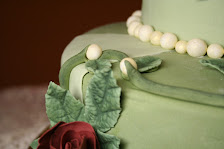

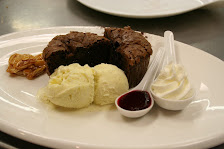
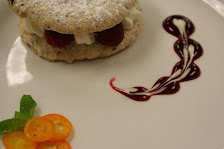
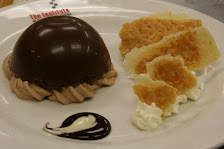
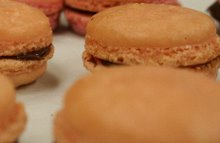
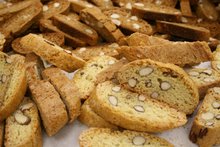
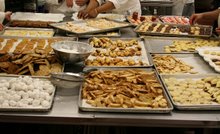



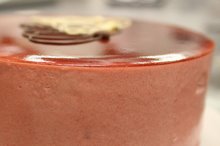



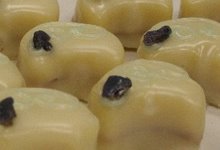
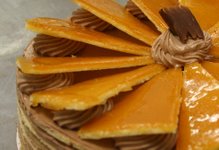



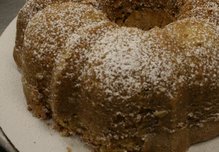
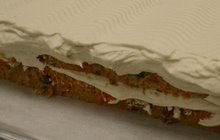


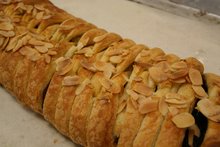






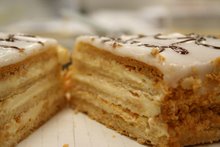
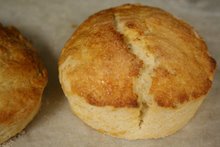


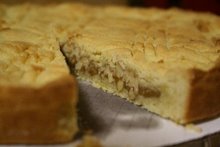












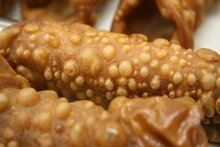


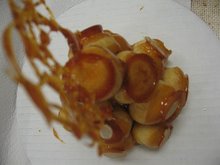
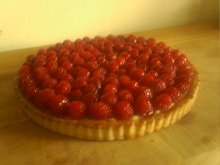


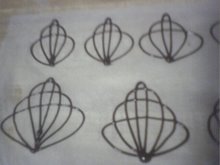


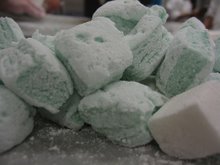

1 comment:
Julian!!!
this is awesome. i'm learning and laughing a lot reading your blogs.
muah!
Post a Comment